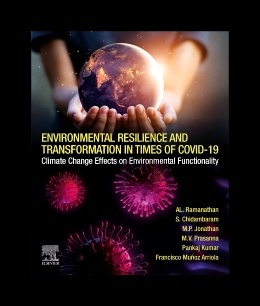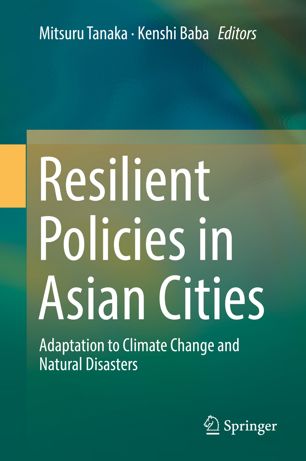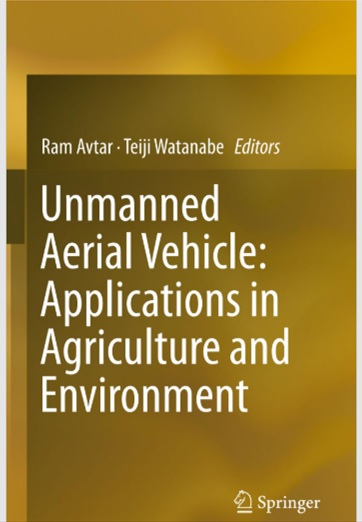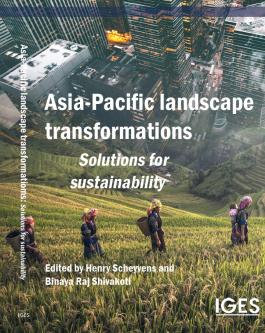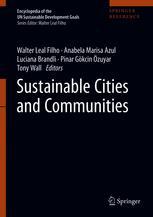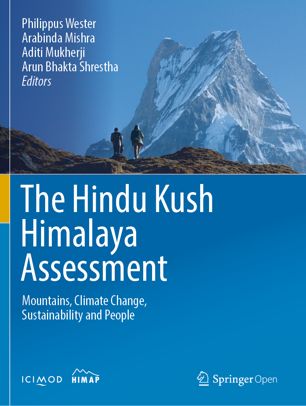In Sustainability in Natural Resources Management and Land Planning
This chapter identifies significant transformations in agricultural land in terms of land use and land-use changes, analyses major drivers and trade-offs, and describes substantial policy interventions to arrest negative trends. The rapidly growing population and their needs constitute one of the significant drivers of land-use changes in the Asia...


